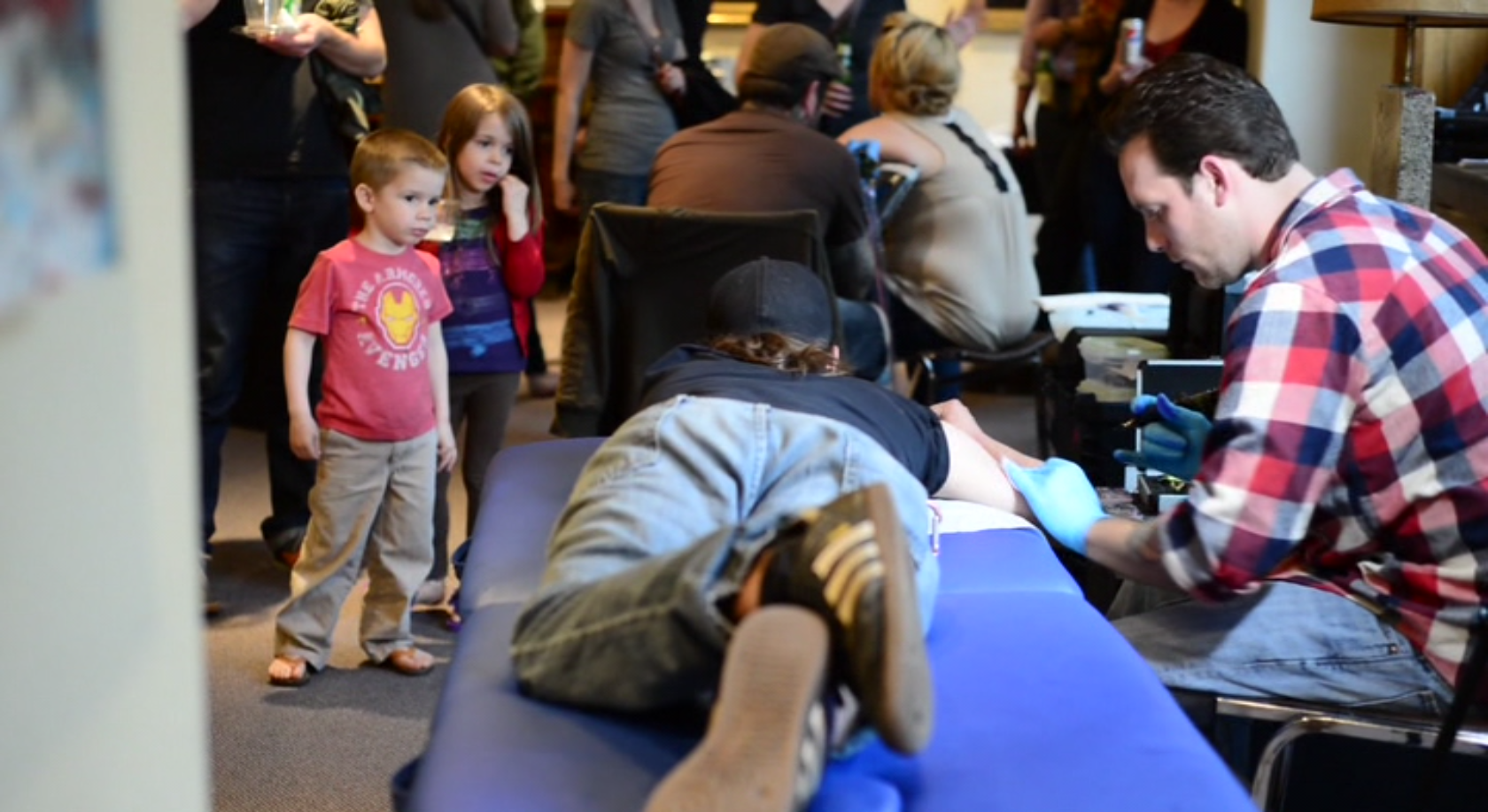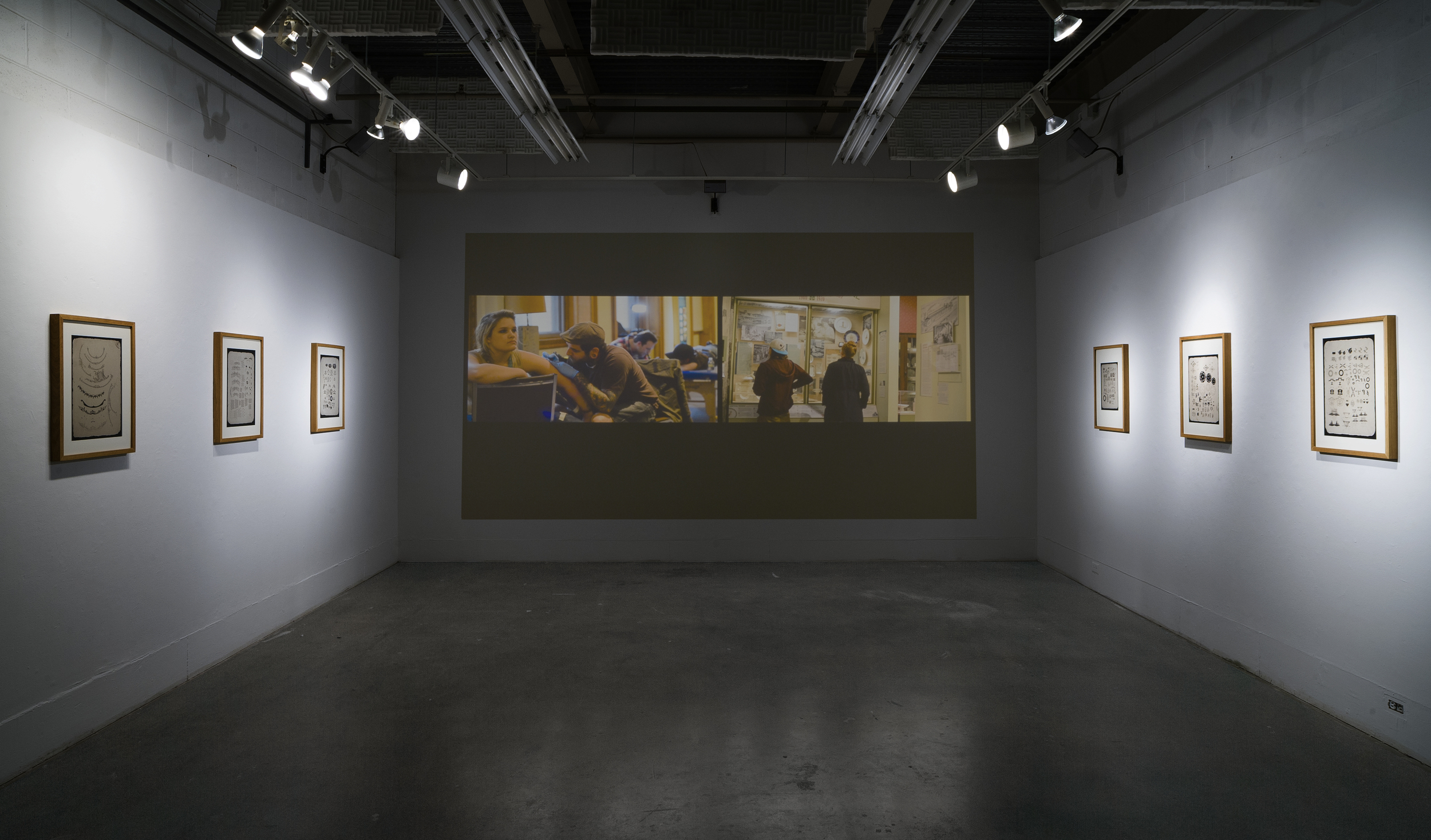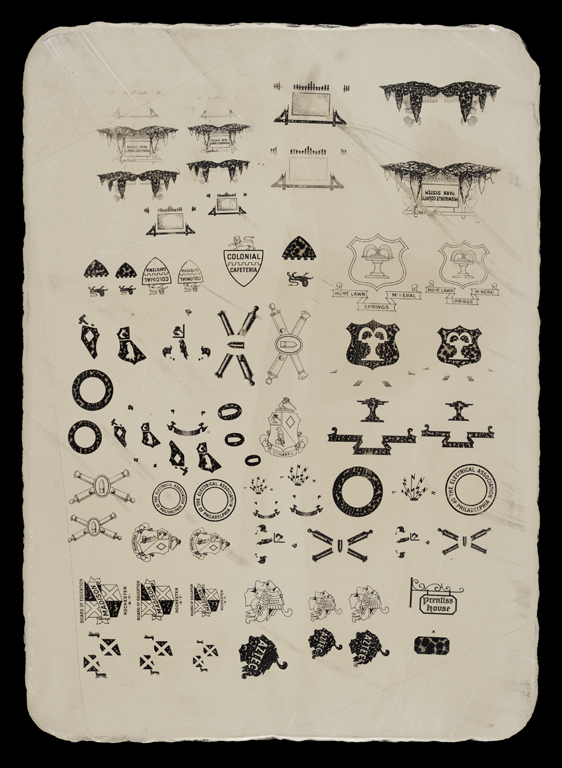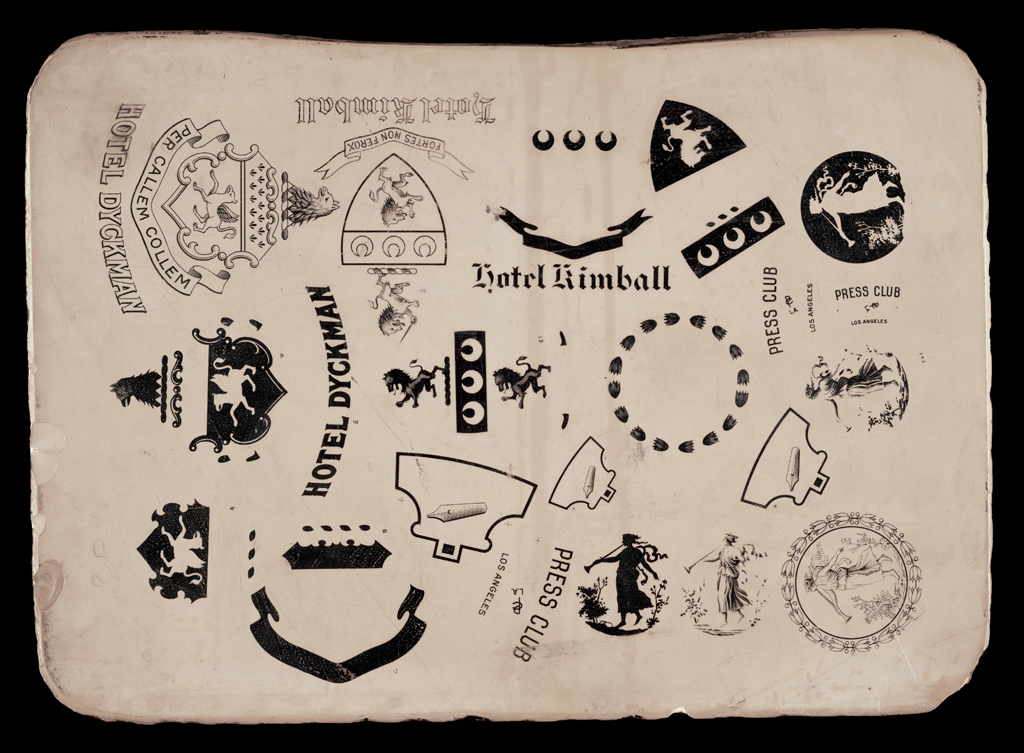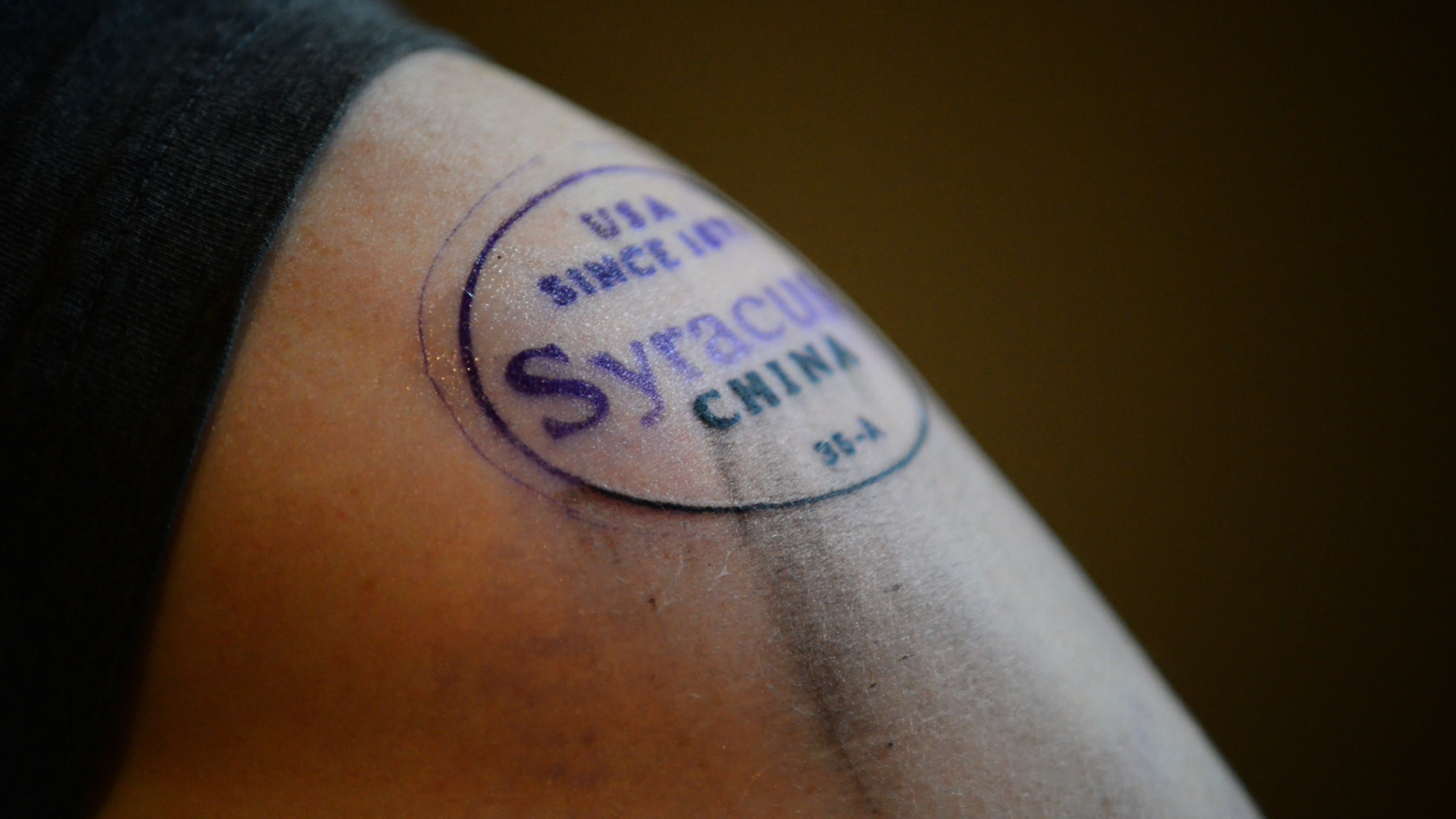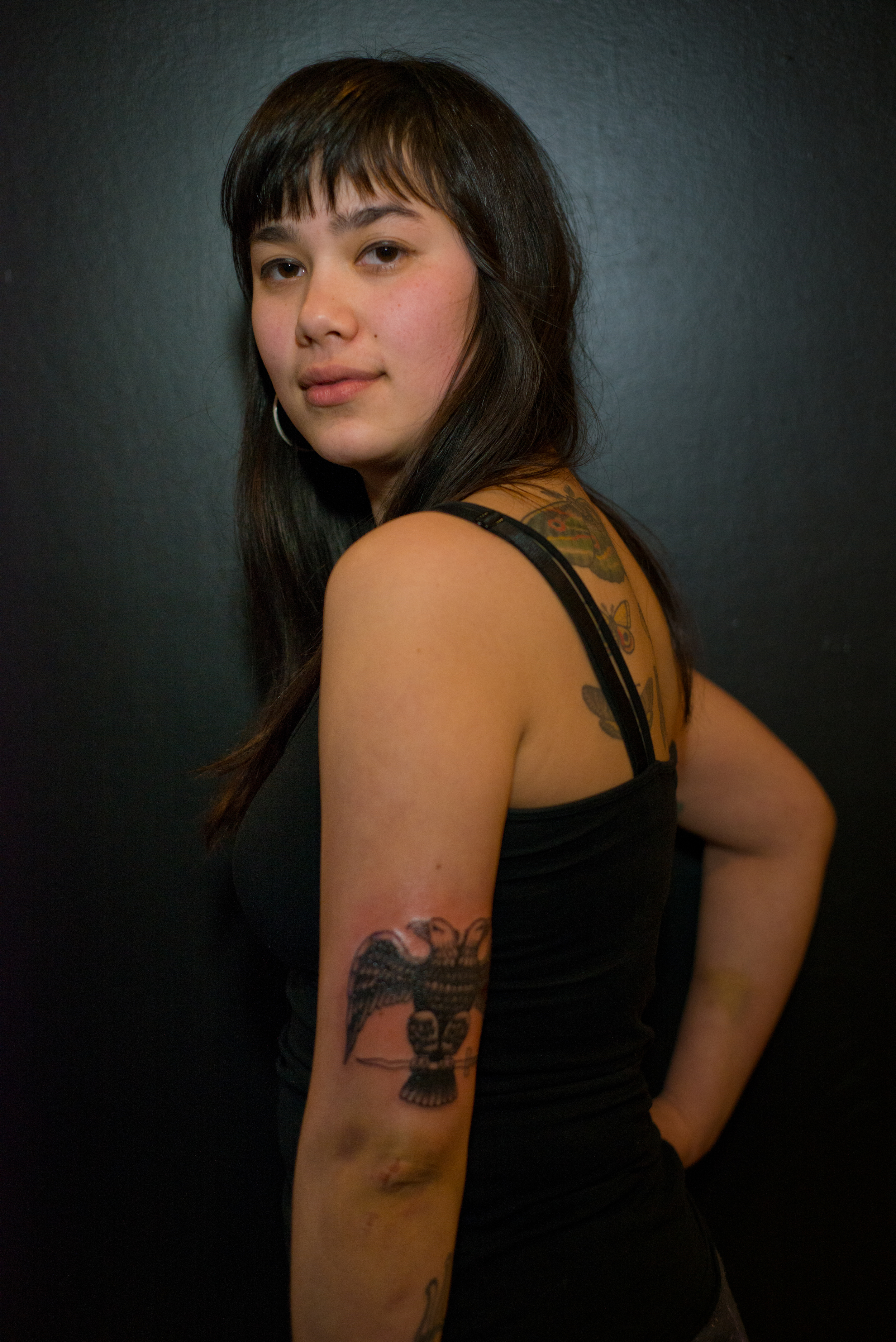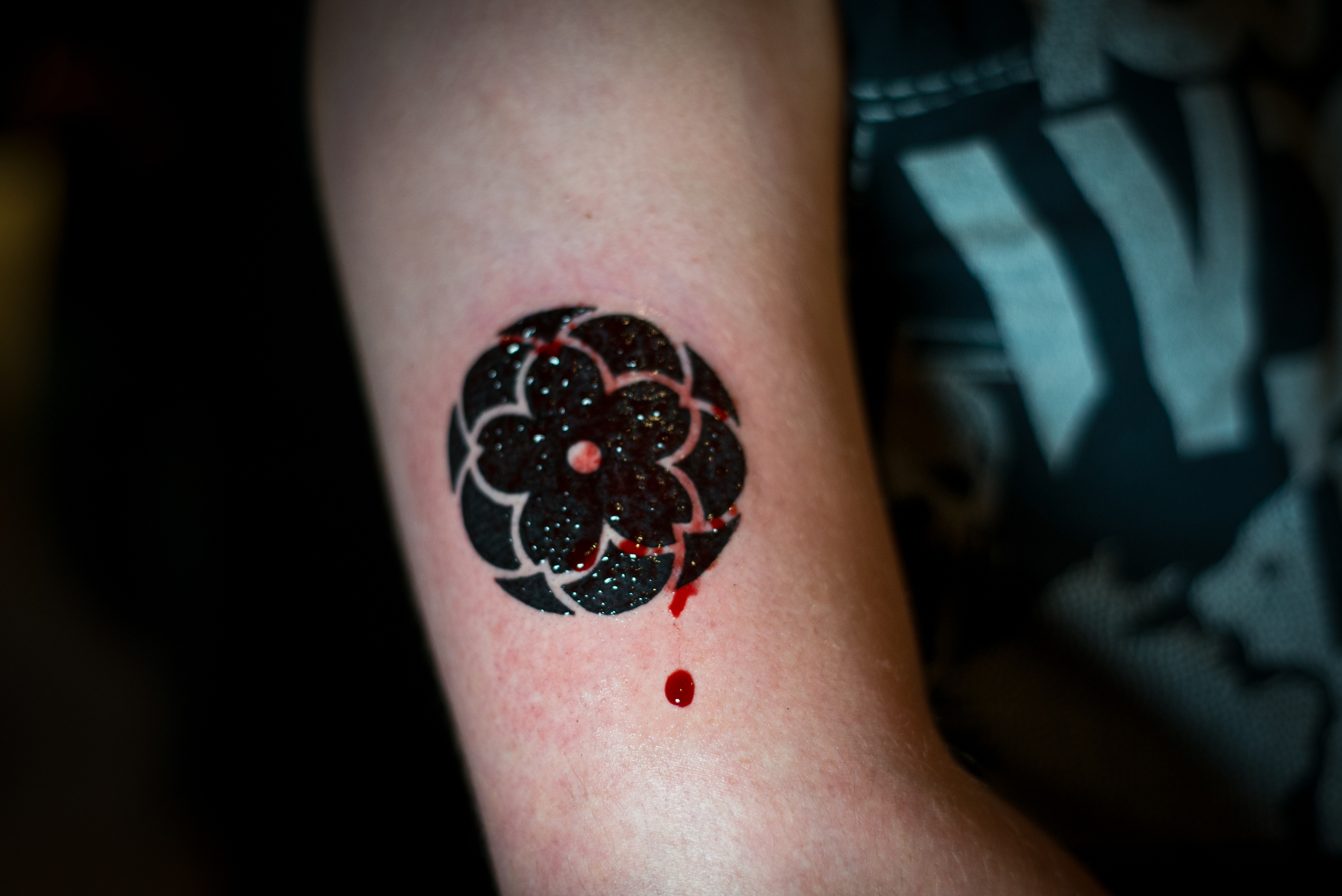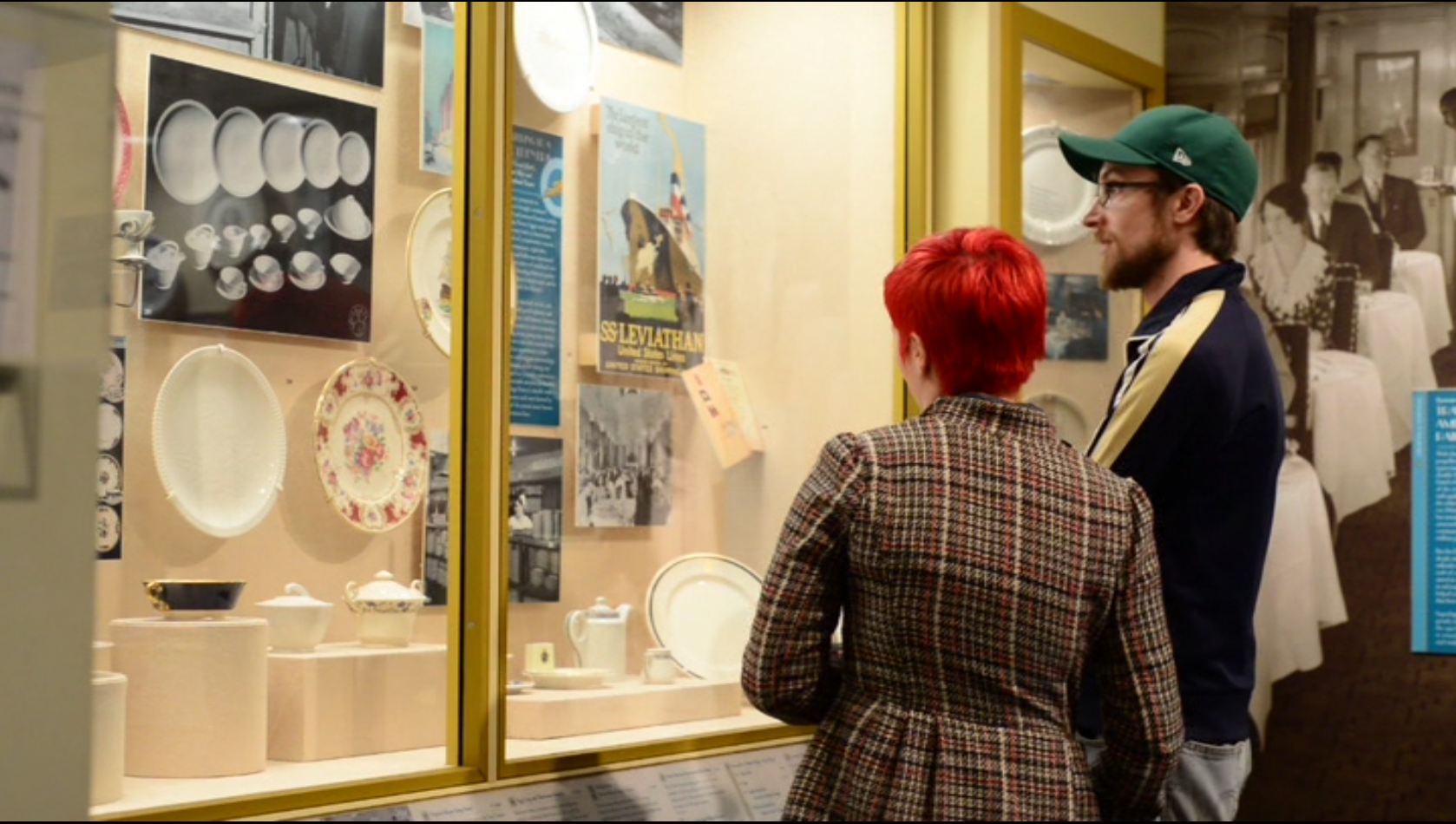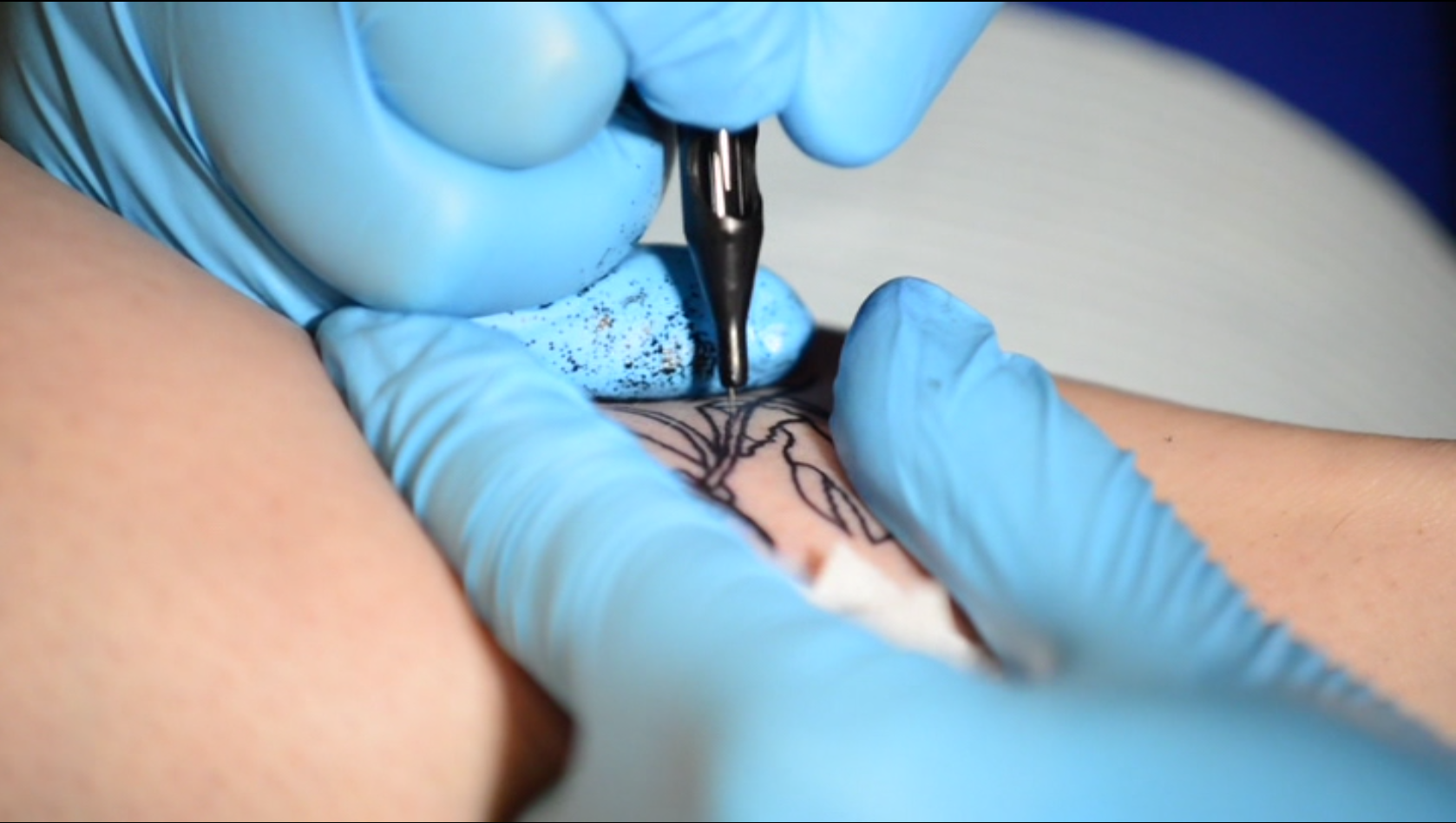How does a community deal with the loss of an industry whose roots grew into, and even formed its identity? What is the artist’s roll or responsibility in representing, commemorating, and memorializing cultural icons? When does a monument transcend its physical manifestation and conceptual framework to create new memories and build dialogue? These questions are crucial components in the building of what James E. Young calls a “Counter Monument”, which stands to renegotiate and challenge the very tenants of its birth.
Starting out as Onondaga Pottery in 1871, the Syracuse China Company closed its doors in 2009. Being “ambassadors to the world of fine dining”, their wares would go on to inhabit tables around the globe. As the first American firm to offer a non-porous (vitreous) ceramic product on an industrial scale, they set the standard for the industry. Syracuse China is a prime example of how material culture not only shapes social history but local identity as well.
Tattoos are an outward expression of an inward identity. Like a memory they mark a time and place in our lives that we can build from and revisit. The Syracuse China Tattoo Archive is a memorial to the loss of an industry, and a former mainstay within the community. The Archive provides a data bank of imagery once used by the company on its products. These images are gathered from public records, pottery, and old lithograph stones once used by the company to print the very decals that adorned the wares. The designs vary from ornate decoration to corporate branding. The Archive displays how pervasive the products were and how widespread the patronage was.
Through a series of performative tattooing events open to the public, the Archive will supply a platform for commemorating the legacy of the company, and celebrating our own identity. This “Counter Monument” is not a structure, but something more ephemeral and, like the pottery Syracuse China created, will live on in those that take ownership of it.
The Archive is a cultural semiotic conversation, centered around the community’s own associations and memories of the company and Syracuse at large. Choosing to get a tattoo is very personal. Associations are built and cultivated through the imagery and the act. With the public’s participation, memory and narrative collide. Locality, production and civilization are entwined.
